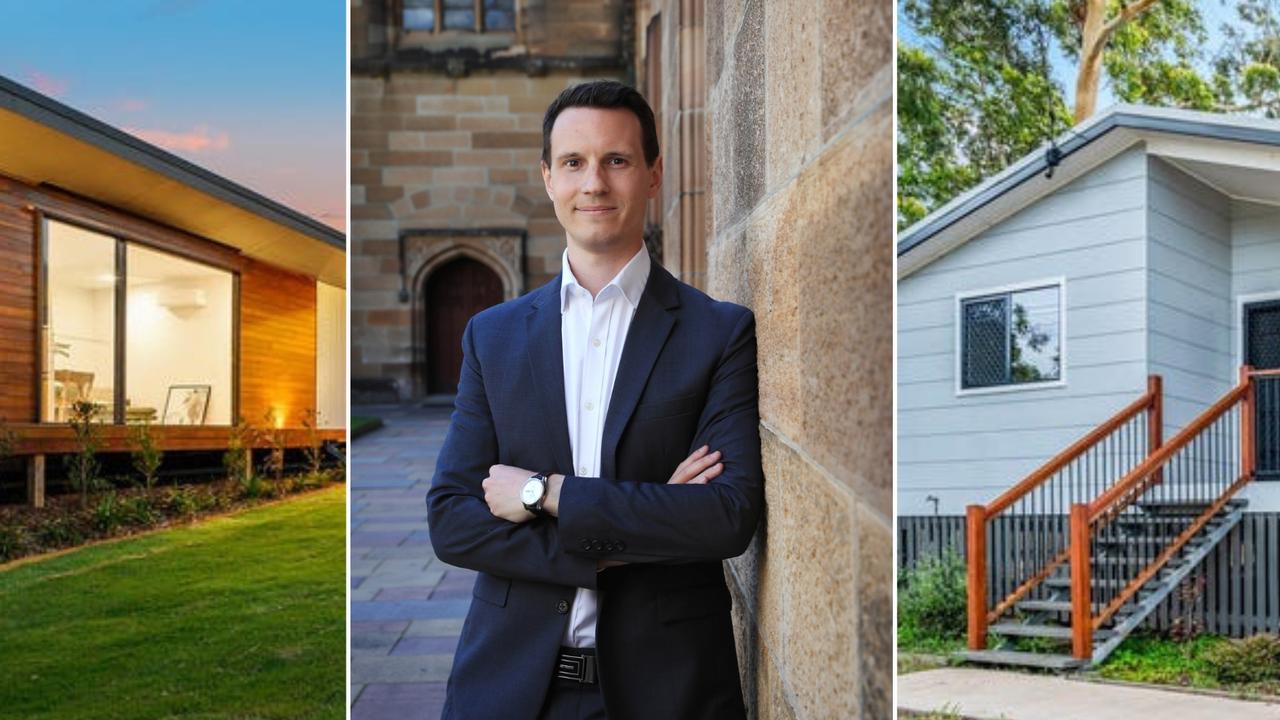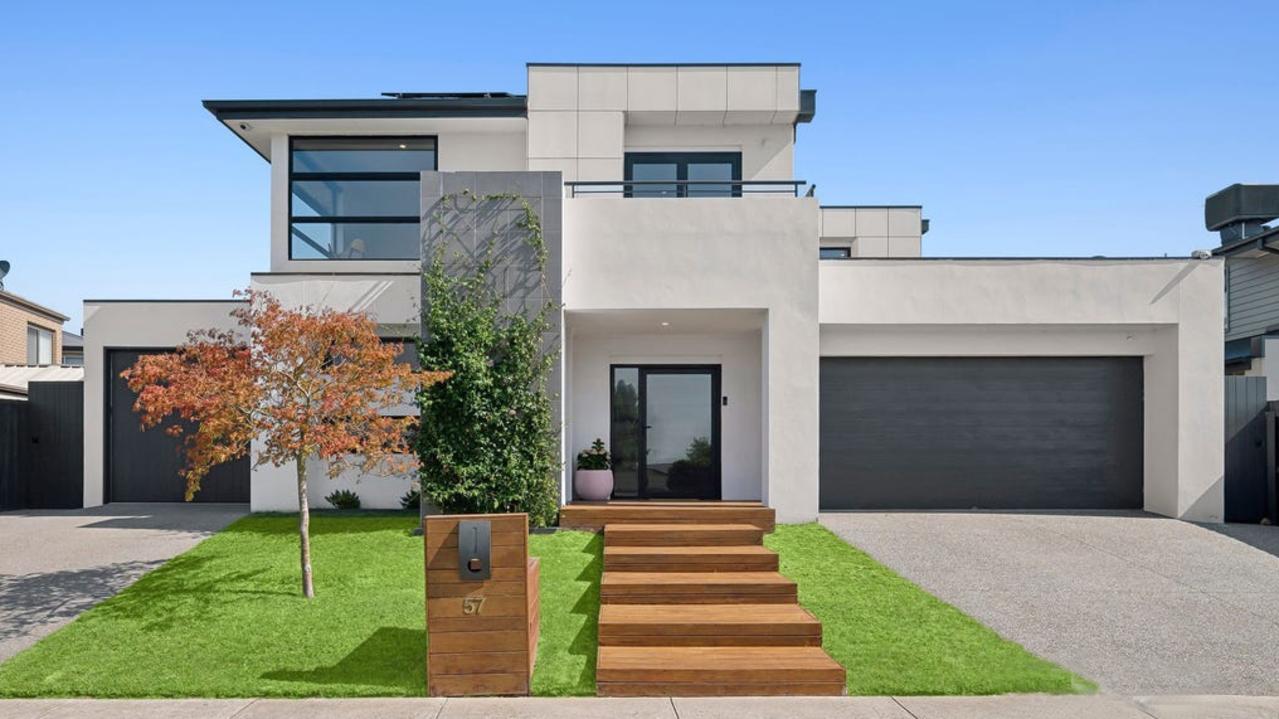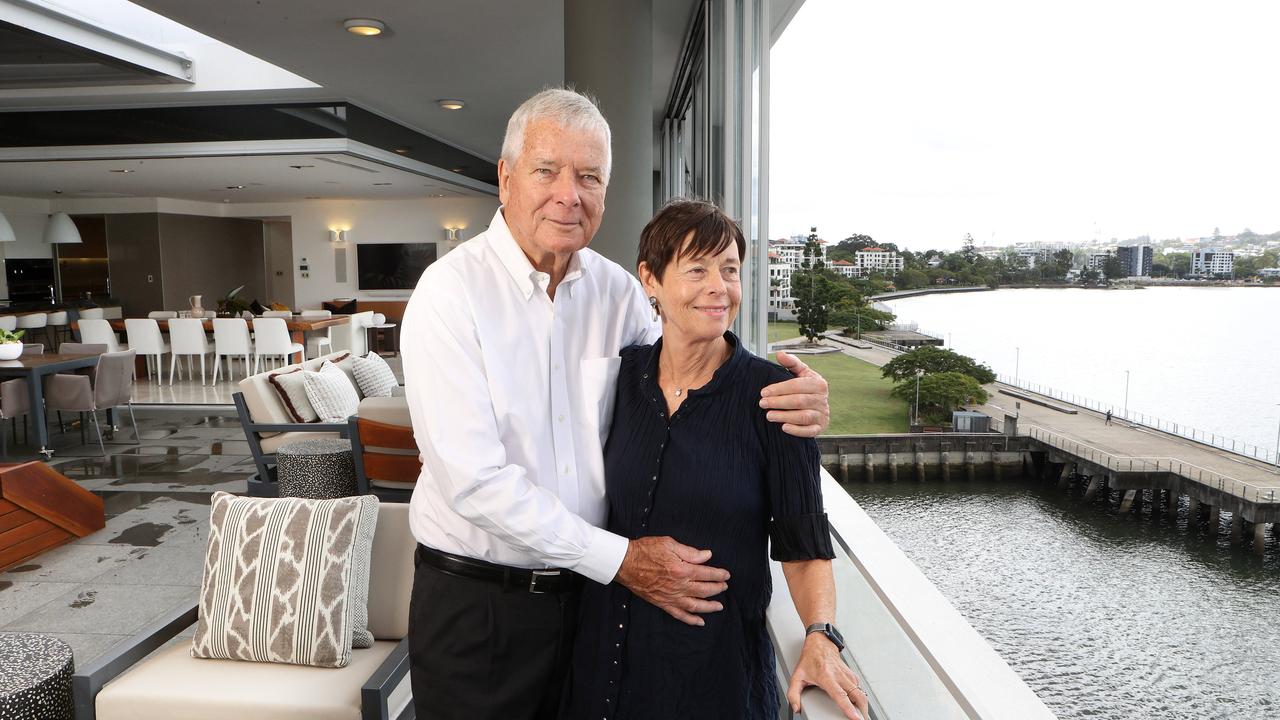Answer to Australia’s housing crisis could be prefabricated homes
The answer to Australia’s worsening housing crisis could be at a factory out in Sydney’s west, but red tape is standing in its way.
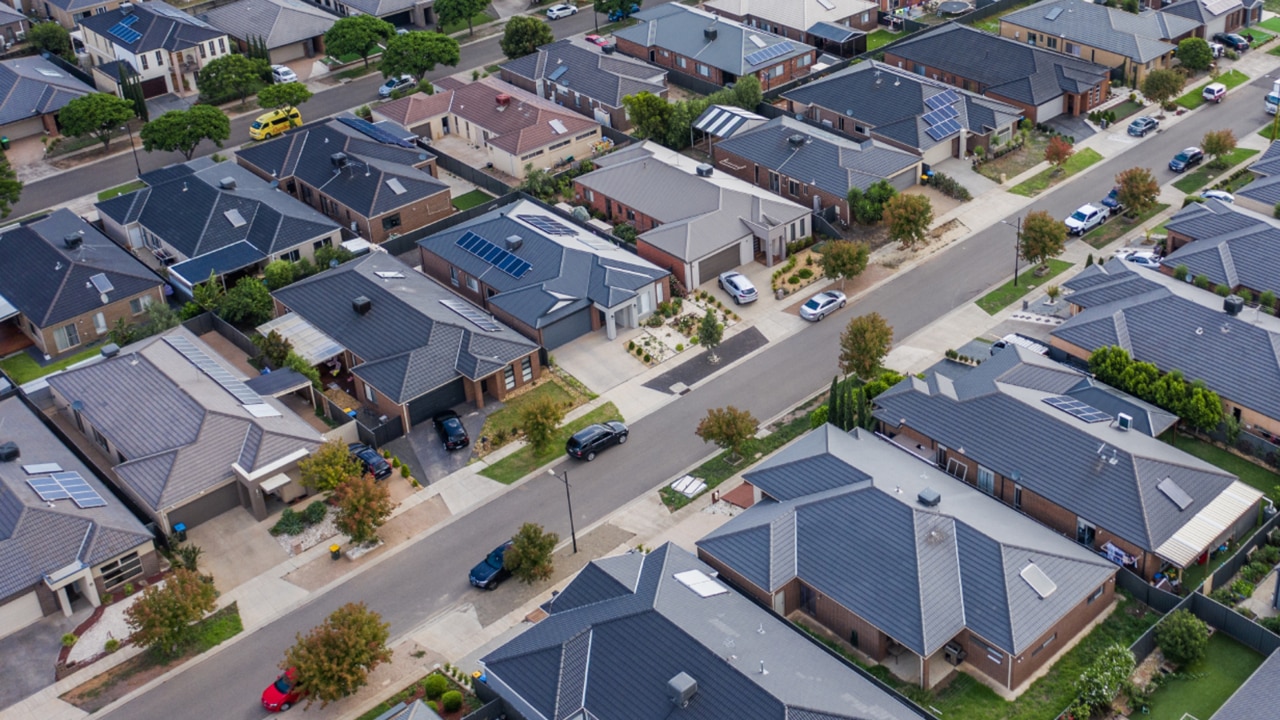
An inventive solution has been developed in a wild move to bridge an enormous gap in the housing market as Australians unable to secure rentals are forced onto the street.
Despite the federal government pledging a million new homes in the next five years, Australia is still on track for a shortfall of more than 106,000 homes.
Australians are already suffering through catastrophic rental price increases and the problem is only expected to worsen further.
“The supply of available properties has dwindled to historically low levels and we’re in the biggest housing crisis Australia has seen in decades. We need long-term sustainable solutions with fast-tracked processes to ensure people have a roof over their head,” Tahi Merrilees, co-founder and Executive Director of Wild Modular, said.

Mr Merrilees argued his company, which manufactures prefabricated modular homes, could hold the answer to the country’s housing crisis.
He said demand for the homes had increased 450 per cent in the past year alone, which had largely been bolstered by a spike in agritourism and accommodation demands in regional areas.
“A prefab modular home can be built in just 10 days and if further legislation changes follow what we have already seen in agritourism this will go a long way in improving housing shortages,” he said.
“The supply of available properties has dwindled to historically low levels and we’re in the biggest housing crisis Australia has seen in decades. We need long-term sustainable solutions with fast-tracked processes to ensure people have a roof over their head.”
Mr Merrilees claimed prefabricated homes were “being seen as part of the solution to the rental crisis and creating long term sustainable housing”.
“Using new Design for Manufacture and Assembly we can create 40 pods within just 30 days,” he said.
“We can offer resort-style accommodation which can be used for FIFO workers in remote areas, on farms or as emergency housing.”
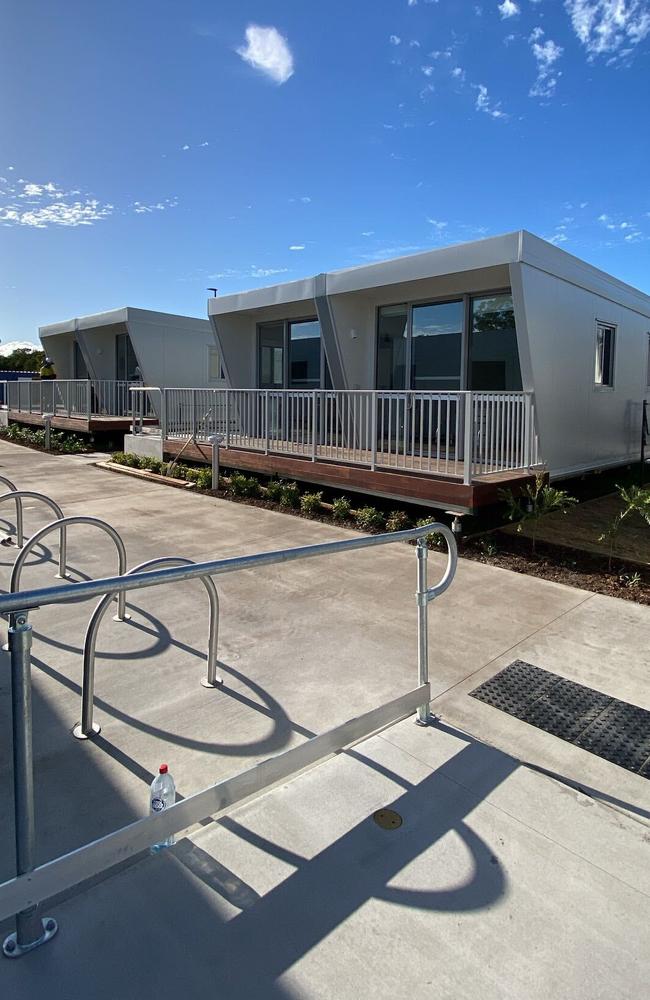
The company in March delivered more than 55 emergency accommodation pods to the NSW Northern Rivers community that was last year devastated by floods.
Mr Merrilees said the company was more efficient than traditional builders because it wasn’t affected by supply shortages.
“We are not constrained to building shortages in remote parts of the country, because we make the bespoke pods in our Western Sydney factory and truck or even helicopter the pods into place,” he said.
In a recently published report, his company called on a suite of reforms to make prefabrication and modular homes, currently subject to extensive regulatory restrictions, more accessible to everyday Australians.
“These barriers are clearly impeding the productivity benefits that industry and governments
understand and expect to flow from the prefabricated building sector,” part of the report said.
“This project finds that there are several initiatives governments can take to assist the industry.”
Mr Merrilees was confident the company had the capacity to significantly improve the housing crisis but said red tape had been its biggest obstacle.
“If the flood gates were to open with planning and approvals, then we can make a good dent in the housing crisis and have a very positive impact on it,” he said.
The company had been working on fast tracking the approval process so everyday Austrailans could more easily secure residential homes, normally held back by certifiers and councils.
While modular homes were attractive in that they could be built and delivered in a matter of weeks, they were not necessarily a cheaper with a standard four-bedroom, two-bathroom costing somewhere between $500,000 and $1 million.




